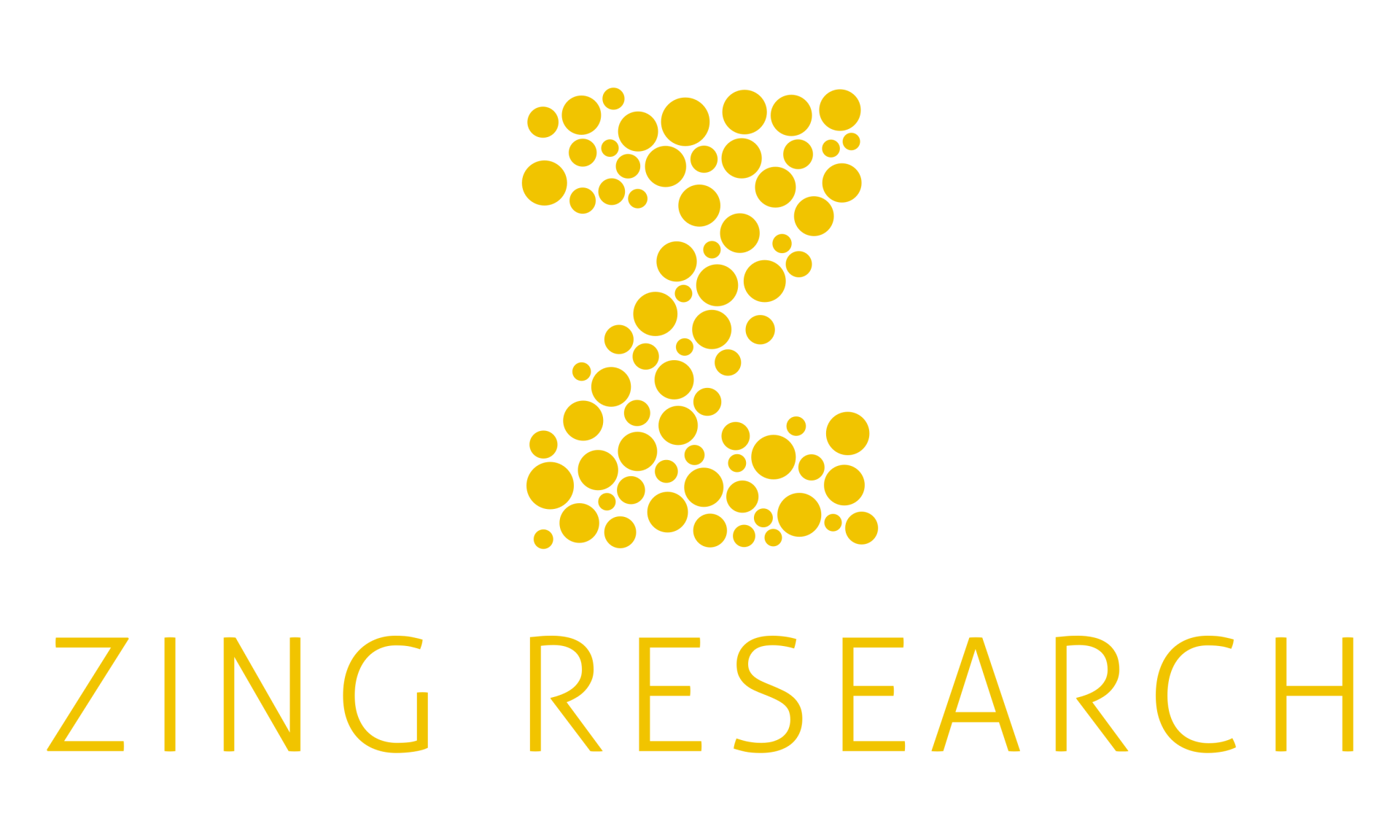Qualitative Research - is not a numbers game, or is it?
Quality over Quantity
Qualitative research should never be about numbers, but we still tend to work with groups of 8 people, which was a number decided on probably in the 1970’s as the optimum group number. More recently I’ve also observed people running focus groups with 8-10 people. With the rise of Digital groups, alongside the return of f2f groups is this really the right number?
Clients can often feel they get more value for money with a larger group of people – of course more people mean more responses, right? It’s also still common for people to ask, ‘how many people said that’? Looking at volume rather than quality is often a trap we can fall into.
If you like numbers, then you can calculate that a typical focus group session will have 4-5 sections following 10-minutes of introductions and warm up – within each section you may have 10-15 questions. If you multiply that by 8 respondents, it surmounts to c.600 responses to cram into your remaining 80 minutes. Ok, so I’m being a bit facetious here as most questions gain about 2-3 responses and then the moderator will look for assent or dissent across the group, but you get the point. There is not much opportunity for everyone to contribute equally across the whole group session.
In most cases, within a group of 8 people, it is most likely that one or two people will drop out of the process naturally, despite several attempts from the moderator to include them. In my opinion, this is a waste of an incentive and a recruitment fee. Dropping out of the process can be due to a number of reasons - perhaps just lacking in confidence compared to other more vocal participants, or not having strong opinions on the subject matter. However, with too many in a focus group, participants ‘dropping out’ can also just happen due to a lack of air space for 8 people to equally contribute within the timeframe. Unless you have more than one moderator allowing for splinter groups, you will not get the value out of overloading your groups with participants.
Qualitative research should always be about ‘Understanding’, not ‘Measuring’, so why can’t we move on from the trappings of a number that was decided upon more than 50 years ago?
For regular ‘run of the mill’ research, a group of 6-7 participants will often find it easier to ‘gel together’ and reach the performing stage of the group. The performing stage is when we get to the real human truths and where the group can work collectively towards a common goal. Within a slightly reduced group size it is harder for someone to drop out of the process and easier for the moderator to acquire richer experiences and deeper thoughts. This in turn will deliver stronger insights that will help brands grow.
I’m also a firm believer that groups don’t have to be 90 minutes…but that’s another controversial topic for some other day!
